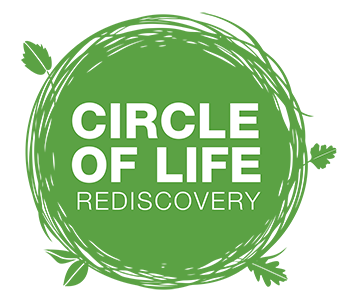Unit 1: Fire
Here are some PDF documents from Scouts UK that are useful for considering when making a fire – the different ways of lighting and layering a fire and which woods you could use!
The Fire Circle Routine: Setting up the Space
Claim your 60% discount from The Outdoor Teacher
This video comes from The Outdoor Teacher’s ‘Forest School Activities Online Training‘ which is an online video training course taught by Marina with step by step instructions on a huge range of Forest School activities.
As a Circle of Life Rediscovery Forest School Training student, you are entitled to a 60% discount on the full course of 8 modules.
Your discounted price is £118 +vat instead of £295+vat and it comes with lifetime access to over 100 videos and resources.
Email Geoff: [email protected] to request your 60% discount coupon
The early years need more adult supervision particularly as they may get so absorbed in what they are doing, and may forget the lessons of past experience! They also may have limited understanding of cause and effect and not understand how and why they get hurt. As they develop, they are more able to think ahead and consider the consequences.
Making fires always requires permission from landowners. If this is in a school or park, we may bring in a fire bowl that helps to keep the fire above the ground.
Clearing an adequate space (usually a metre wide), checking the soil for tree roots and type of soil (not peat or thick pine debris), we are almost ready! Gathering you sticks and placing them into order of thinness – usually 3 piles – the first being the thinnest: match-stick thin, then pencil thickness, followed by finger thick, is a perfect routine to help with the success of fire lighting.
We recommend leaving approximately 1.5 metres from the centre fire to the outer circle of participants.
Trusting children, observing their practice and letting them do what they can do is part of our role. Creating routines and agreements around the fire in the end sets up a space where they can self-regulate and have ownership.

